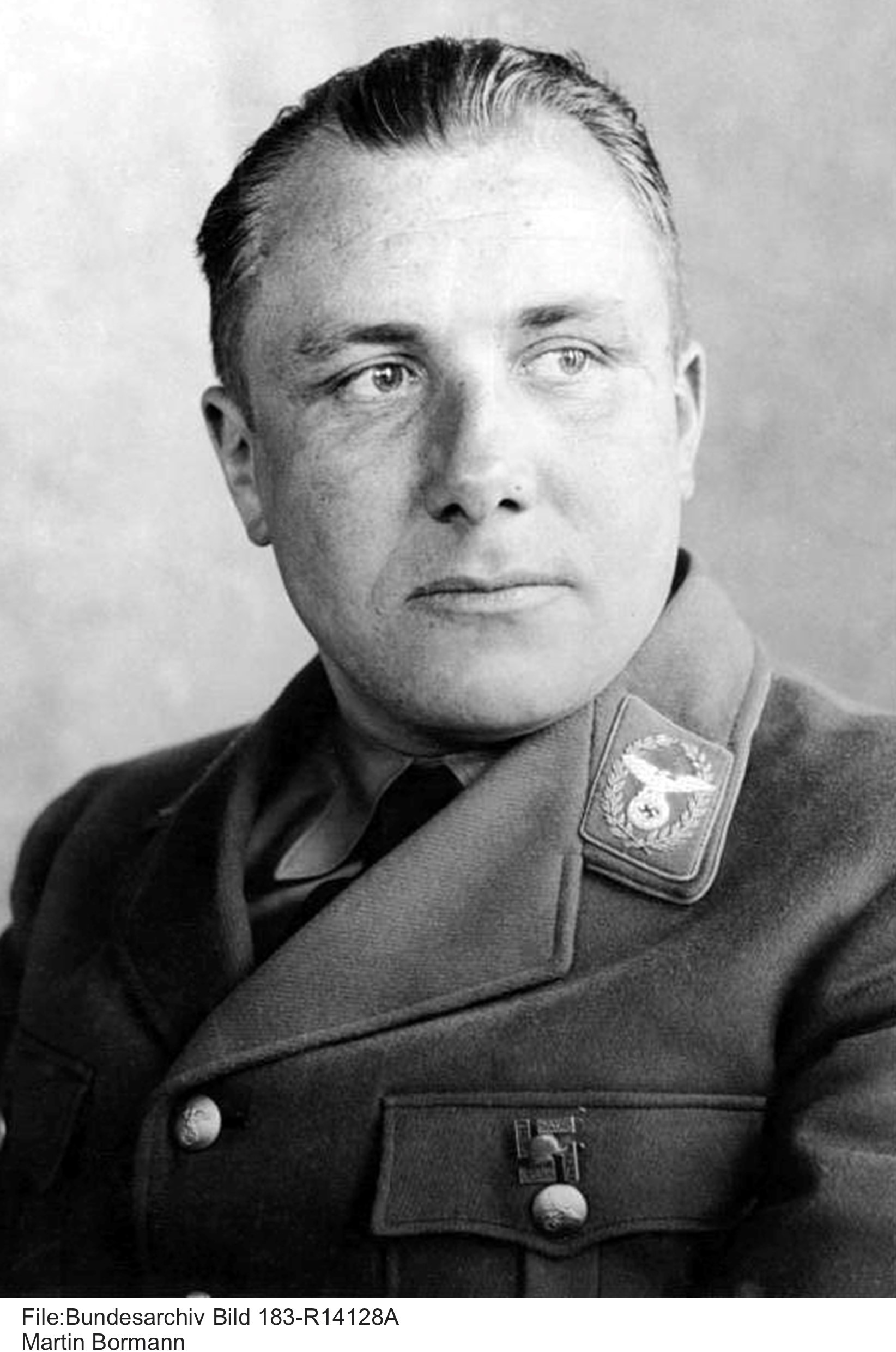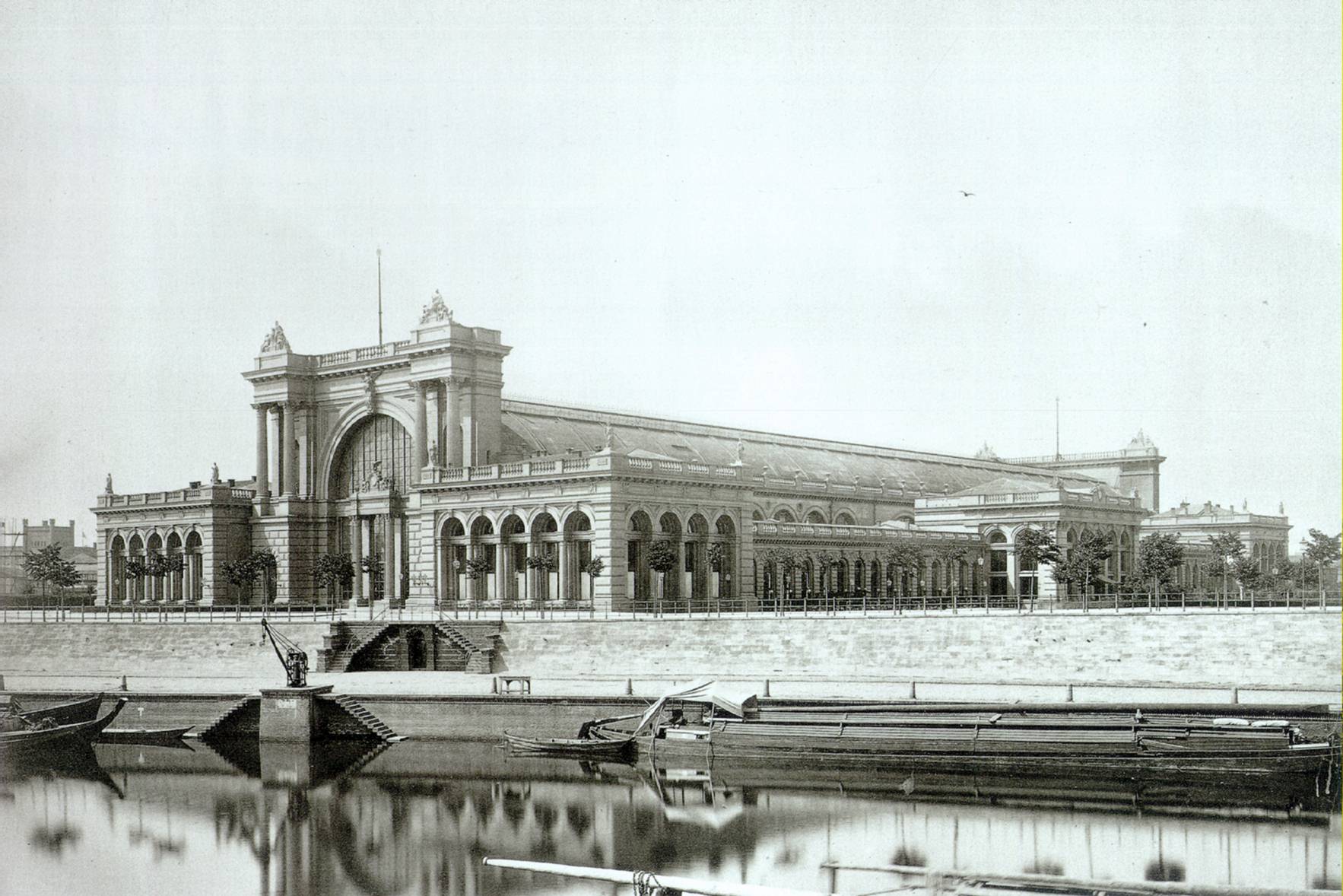Blog 11/21/2020 - Nuremberg – Military Tribunal
Martin Bormann – Dead or Alive
On November 20th, 1945 the International Military Tribunal convened in Nuremberg, Germany with 24 accused to stand trial. The most interesting case was that of Martin Bormann who had become second only to Hitler in the Nazi Party. During the chaotic days after WWII, many contradictory reports about Bormann’s escape from the Führerbunker on 1 May in Berlin. Sightings were reported in Argentina, Paraguay, Spain, and elsewhere as Bormann's long-time chauffeur claimed to have seen him in Munich in July 1946.

Hitler Youth Leader Artur Axmann who had been in the escape group reported that he had seen Bormann along with SS Doctor Ludwig Stumpfegger’s bodies near near the railway bridge near Lehrter Station but the Soviets never reported the bodies were found. In 1963, after 18 years of silence a retired postal worker named Albert Krumnow told West German Police that around 8 May 1945 the Soviets had ordered him and his colleagues to bury two bodies found near the railway bridge near Lehrter Station.

One was dressed in a Wehrmacht uniform and the other was clad only in his underwear. Krumnow's colleague found an SS Doctor's paybook on the second body identifying him as Ludwig Stumpfegger. Excavations in July 1965 at the site specified by Krumnow failed to locate any bodies. However, on 7 December 1972, construction workers near Lehrter Station uncovered human remains just 39 ft from the previous Krumnow burial location. Upon autopsy, fragments of glass were found in the jaws of both skeletons, suggesting that the men had committed suicide by biting cyanide capsules to avoid capture. Dental records and damage to the collarbone was consistent with injuries that Bormann's sons reported he had sustained in a riding accident in 1939 tentatively identified one skeleton as Bormann's. Forensic examiners determined that the size of the skeleton and the shape of the skull were identical to Bormann's. The second skeleton was deemed to be Stumpfegger's, since it was of similar height to the doctor. Facial reconstruction was also undertaken in early 1973 on both skulls to confirm the identities of the bodies. The West German Government declared Bormann dead, however the family was not permitted to cremate the body, in case further forensic examination later proved necessary.
In 1998, the remains were conclusively identified as Bormann's in when German authorities ordered genetic testing on skull fragments. Tests using DNA from one of his relatives identified the skull as that of Bormann. Fearing that a gravesite would be problematic his remains were cremated and ashes scattered in the Baltic Sea on 16 August 1999 ending the mystery of Martin Bormann who was convicted in absentia of crimes against humanity and sentenced to death by hanging, with the provision that if he were later found alive, any new facts brought to light at that time could be taken into consideration to reduce the sentence or overturn it.
Col Rich Yoder, USMC(Ret) will take you to both Nuremberg and Berlin in the The Rise and Fall of the Third Reich (14 - 27 Aug 2021)
https://www.miltours.com/index.php?route=product/product&path=17&product_id=81

